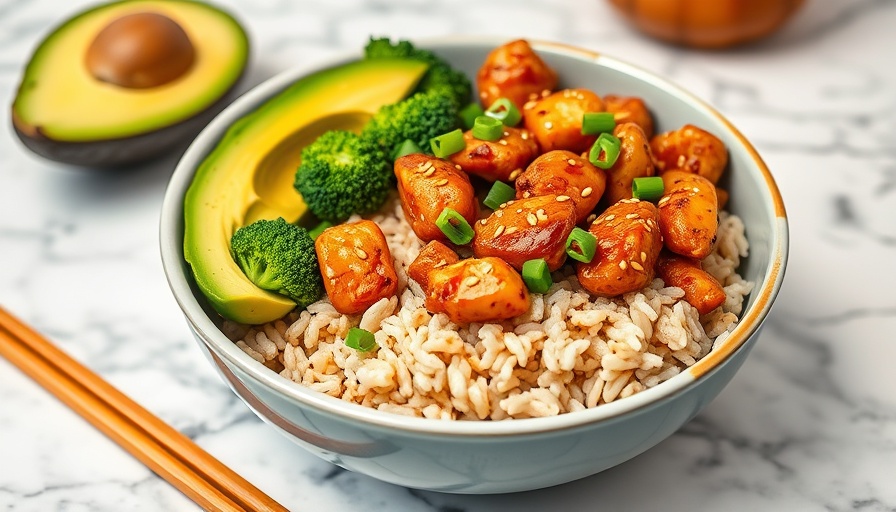
Back to School: A Common Source of Anxiety for Students
As summer waves goodbye, the return to school often triggers a whirlwind of emotions for children and teens. From the excitement of reuniting with friends to the daunting pressure of exams, back-to-school season can bring forth a significant amount of stress. For some, anxiety levels may skyrocket, leading to panic attacks and feelings of overwhelming pressure. Recognizing this, parents and educators must understand how to address students' mental health needs effectively.
Understanding the Signs of Back to School Anxiety
Anxiety in children and adolescents can manifest in various ways, making it crucial for parents and teachers to be vigilant. Common symptoms include excessive worrying, irritability, difficulty concentrating, and physical complaints like headaches or stomachaches. It is essential to differentiate between typical nervousness and anxiety disorders, such as generalized anxiety disorder or social anxiety, which can significantly interfere with a child’s daily function and school performance.
Effective Stress Management Techniques
While anxiety may seem daunting, there are numerous strategies to help alleviate stress. Mindfulness practices like meditation, yoga, and breathing exercises have shown positive outcomes in reducing anxiety. These techniques not only help students calm their minds but also cultivate resilience. For instance, engaging in short mindfulness sessions during school can aid in creating a calming environment that promotes focus and reduces overall stress levels.
The Importance of Parental Support
Parental involvement plays a crucial role in managing back-to-school stress. Open communication about feelings concerning school can help normalise these experiences and reduce stigma. Parents can encourage their children to express their emotions, setting aside time for family activities that enhance emotional connection, such as game nights or outdoor adventures. Additionally, introducing healthy routines centered on nutrition and sleep hygiene can significantly support a student's mental health.
Schools as Safe Havens for Mental Health
Educational institutions hold a pivotal role in supporting student mental health. School-based programs that focus on mental health education, coping strategies, and stress management can create a supportive atmosphere for students. Such initiatives not only help children acquire necessary life skills but also serve to destigmatize mental health discussions. Partnerships with mental health professionals can further reinforce these programs by equipping teachers and counselors with essential resources and knowledge to identify at-risk students.
Seeking Professional Help When Necessary
For some children, the anxiety they experience may go beyond typical stress and require intervention. Accessing counseling, psychotherapy, or even medication may be beneficial in treating anxiety disorders. The South African Depression and Anxiety Group (SADAG) helpline, among other resources, offers support to those struggling with their mental health. It is vital to recognize when professional help is necessary, as early intervention can drastically improve outcomes.
Community Outreach and Early Intervention
Building a community network that focuses on mental health awareness can greatly enhance student well-being. Institutions and community organizations can collaborate to provide workshops for parents about anxiety symptoms and coping mechanisms. Peer support groups allow students to connect with one another, thereby fostering a sense of belonging and reducing feelings of isolation.
Looking Forward: Embracing Resilience and Future Strategies
While the challenges of back-to-school season can be formidable, fostering a culture of resilience through education, support, and understanding is crucial. As students learn to navigate their emotions and stressors, they are better prepared to handle future challenges. Creating a safe, supportive environment—both at home and in educational settings—will pave the way for healthier, happier generations. By prioritizing mental health, we can make back-to-school season a less daunting journey.
 Add Row
Add Row  Add
Add 




Write A Comment